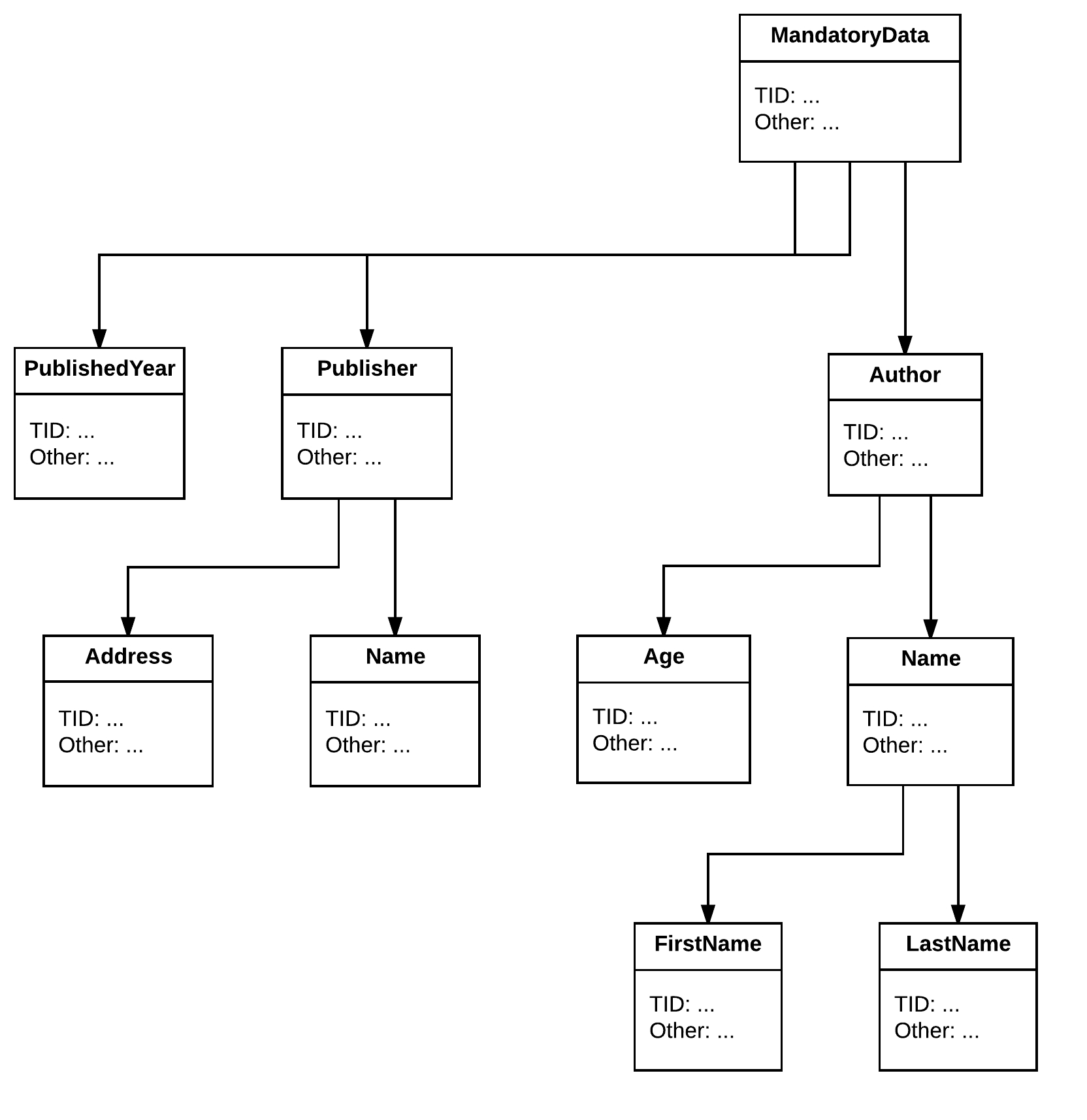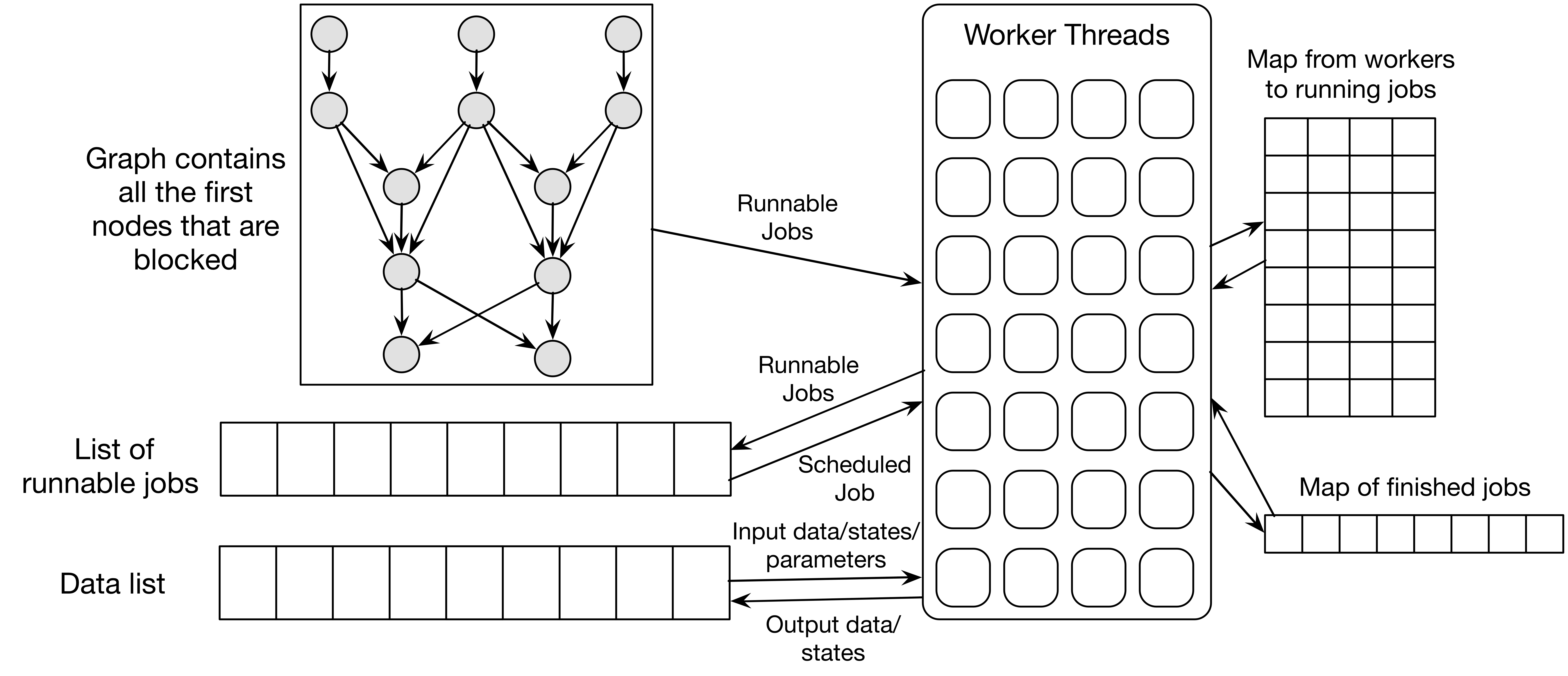Table Of Content

Promote clear, streamlined communication and help development teams follow a structured approach to deployment with the SDLC template. An architectural diagram is a visual representation that maps out the physical implementation for components of a software system. It shows the general structure of the software system and the associations, limitations, and boundaries between each element. In the Google Cloud Architecture Diagramming Tool, you can drag and drop prebuilt reference architectures straight onto the canvas.
Continue learning about System Design
Discover why SmartDraw is the perfect tool for diagramming software projects. Pick a template that fits your project, click a few, simple commands and SmartDraw helps you communicate your ideas to your team and stakeholders. SmartDraw makes it easy to share your designs, work on diagrams together, and get input from your team in the form of comments and feedback. SmartDraw lets you build class diagrams using your source code, without any drawing at all. You can point SmartDraw at any repository and generate a class diagram with all its methods and properties automatically. Inside the box, you’ll see the components of this system that will transform this idea into a reality.

Top 6 Tools to Turn Code into Beautiful Diagrams
This modular approach ensures scalability, easy maintenance, and quick updates, contributing to the smooth streaming experience that millions enjoy daily. A cache is hardware or software that you use to temporarily store data so it can be accessed quickly. Caches are typically very small, which makes them cost-effective and efficient. They’re used by cache clients, such as web browsers, CPUs, operating systems, and DNS servers.
The C4 model
Keep reading to discover everything you need to know about system diagrams. We hope this "System Design Cheat Sheet" serves as a useful tool in your journey towards acing system design interviews. Remember, mastering system design requires understanding, practice, and the ability to apply these concepts to real-world problems.
Developers on AWS
Serve hundreds to thousands of ML models — architectures from industry - Towards Data Science
Serve hundreds to thousands of ML models — architectures from industry.
Posted: Thu, 13 Jan 2022 08:00:00 GMT [source]
Horizontal scaling, or scaling out, means adding more hardware to the existing hardware resource pool. Vertical scaling, or scaling up, means adding more power to your server. Composite structure diagrams are used to show the internal structure of a class.
The Importance of VRF System Certification 2020-06-23 - ACHR NEWS
The Importance of VRF System Certification 2020-06-23.
Posted: Tue, 23 Jun 2020 07:00:00 GMT [source]
Grasping UML concepts enables designers to create clear and concise diagrams that aid in the analysis, design, and implementation phases of the software development lifecycle. Creational design patterns provide a baseline when building new objects. Behavioral patterns describe objects and how they communicate with each other. Google File System (GFS) is a scalable distributed file system designed for large data-intensive applications, like Gmail or YouTube.
Deployment diagram
They provide a framework to structure the software and address specific challenges in complex software architectures. Architecture diagrams significantly boost collaboration between developers and designers and create a unified view of system functionality and potential issues. A shared understanding of a system, application, or website has several benefits. It supports communication during the design process, helps teams develop effective system software components, and ensures a project meets its goals. At its essence, system design is the blueprint that transforms concepts and requirements into tangible software structures. It is the strategic process of defining the architecture, components, and interactions of a software system to fulfill specific functional and non-functional requirements.
Accessing data from a cache is a lot faster than accessing it from the main memory or any other type of storage. The Hadoop Distributed File System (HDFS) is a distributed file system that handles large sets of data and runs on commodity hardware. A lot of its architectural decisions are inspired by the GFS design. HDFS is built around the idea that the most efficient data processing pattern is a “write once, read many times” pattern.
It integrates with many other tools and platforms, including Atlassian's Confluence and Jira. SmartDraw has templates to make data flow diagrams, entity relationship diagrams, activity diagrams, class diagrams, component diagrams, object diagrams, and much more. If you need to visualize it, SmartDraw has the symbols and templates to help. Even with a relatively small software system, it's tempting to try and include the entire story on a single diagram.
It also supports collaboration and integration with other tools and platforms, including Google Drive andSlack. Createlyis a cloud-based diagramming tool that offers a range of templates and shapes for system design. It also supports collaboration and integration with other tools and platforms, including Google Drive and Jira. Visual Paradigm is a professional diagramming tool that offers a range of features for system design, including UML diagrams, ER diagrams, data flow diagrams, and more. It also supports collaboration and integration with other tools and platforms. Lucidchart is a cloud-based diagramming tool that offers a wide range of templates and shapes for system design.
The system diagrams below show the internal and external entities that could impact or interfere with the system. The system diagram can show the flow of data, information, or materials through these components. Understanding the components and their relationships makes it possible to identify potential system weaknesses and make corrections to improve efficiency. You can also use the system diagram to identify areas where additional resources or components may be needed. System diagrams can be created using several different tools and techniques, including flowcharts, UML diagrams, and even whiteboard diagrams. You can also use these diagrams to show how a system is organized, how it works, and how it is expected to perform.
Cloud-native patterns are designed to minimize scalability- and concurrency-related issues by removing the central database and using replicated, in-memory data grids instead. Software architecture diagrams visually represent software components, relationships, and system interactions. They document, analyze, and communicate software design and are used to make decisions on implementation. These diagrams range from straightforward, high-level diagrams to detailed depictions of software component interactions.

When it receives a request, the application knows where to route the request. This means that it has to look through less data rather than going through the entire database. Sharding improves your application’s overall performance and scalability. It’s common to be asked to design a distributed file storage system, such as HDFS, in system design interviews.
When you’re in the diagramming tool, navigate to the Diagrams section and you’ll see over 10 reference architectures for common use cases. Here’s an example of a reference architecture that describes how a solution uses machine learning to create movie recommendations automatically and at scale. The cloud-native architecture is primarily used for distributed computing systems where the interactions between components are mediated through one or more shared spaces. In this architecture, the server hosts, manages and delivers most of the resources and services a client requests.
If they find the data, it will immediately be returned to the client. When this happens, the client obtains data from the main memory and stores it in the cache. HTTP and REST are important concepts and considerations for client-server communication in system design. It allows us to scale effectively with increases in traffic and stay highly available. Load balancing is executed by load balancers, which are devices that act as reverse proxies. They’re responsible for distributing network traffic across multiple servers using different algorithms.
For this article, we’ll be focusing primarily on levels 1 and 2 diagrams of the C4 model, so we won’t get into too much detail here. Similarly, thorough software architecture can help your engineers quickly locate and fix bugs. Having a great architecture lays the groundwork for how you will deal with performance, fault tolerance, scalability, and reliability in the future. Choosing the right architecture for your software will lead to stabler performance under stressful conditions as you scale up. Operations documentation contains all the information needed for processing and distributing online and printed output. Operations documentation should be clear, concise, and available online if possible.

No comments:
Post a Comment